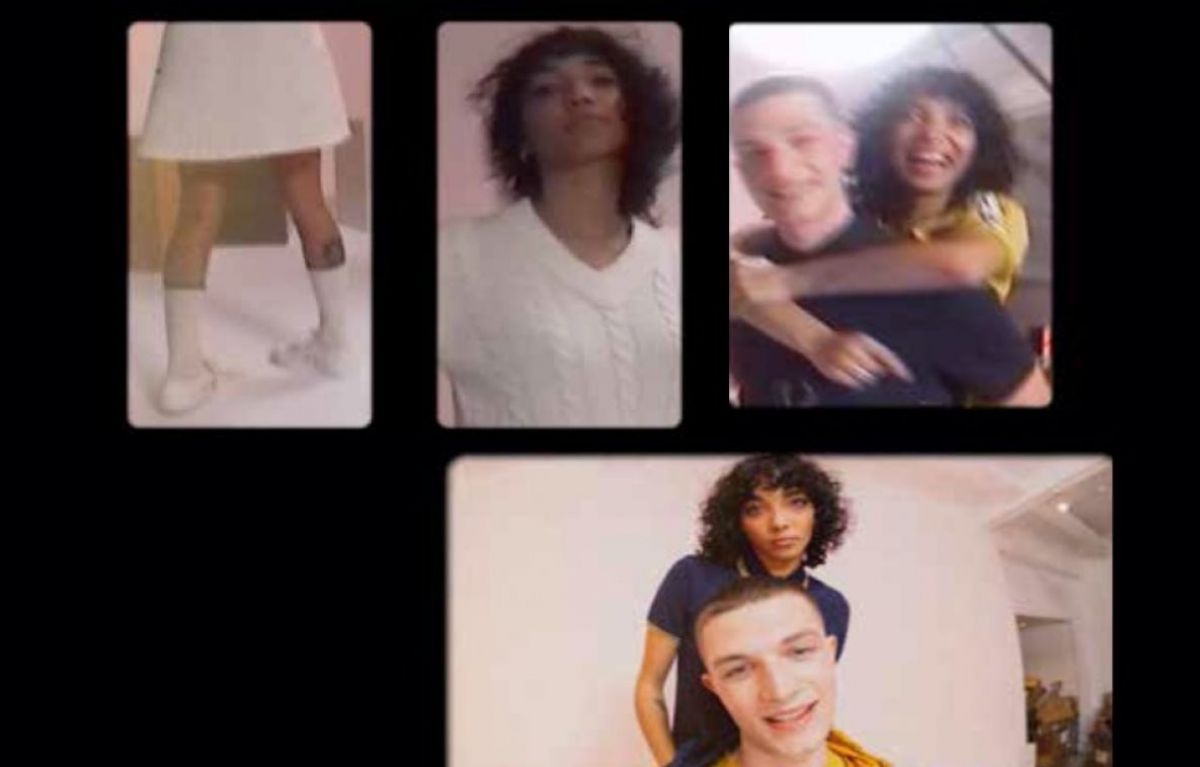Northern Soul and Acid House are music scenes that have been documented extensively over the years. We’re familiar with the stomping 4/4 rhythms, the talcum powder, tucked-in knits, and evangelical celebration of black American soul music that took over the youth culture in the north-west in the late ‘60s and ‘70s. Fast forward to ‘87 and clubbers throughout Britain were dancing to a very different beat in the form of Acid House - but what about the burgeoning Southern Soul scene, which exploded just after Northern Soul, that went on to influence the Acid House?
Unlike Northern Soul, coined by soul music fan Dave Godin in the late ‘60s, the term Southern Soul never quite garnered the same commercial attention in the history books. Southern Soul, not to be confused with music produced in the Southern States of America, was largely confined to the south-east of England and started to gain traction in the mid-70s.
Writer and scholar David Buckingham, who has covered the scene extensively over the years explains that ‘’The ‘Southern Soul’ scene catered for a different audience, for whom none of these alternatives held much appeal. Rather than rarities from the 1960s, the scene mainly focused on contemporary soul, much of it with jazz and funk influences: this was mostly dance music, although at slower tempos and with a less overt beat than the ‘stompers’ of Northern Soul”.






